A drover’s best mate
The Australian Cattle Dog was developed in Australia during the 19th Century as a working or drover’s dog. In particular, breed traits were selected to produce a dog with immense stamina, resilience and tenacity, which could deal with untamed cattle, rugged terrain and vast distances. These dogs had to be biddable (easily led or trained), but also had to make quick decisions on their own, with large and dangerous mobs of wild cattle. Their job included protecting the drover’s horse and belongings, and the drover if necessary. Years of breeding to suit droving needs has produced a dog with superb ability, as well as a general purpose dog of excellence. The Cattle Dog has been nicknamed a ‘Red Heeler’ or ‘Blue Heeler’ on the basis of its colouring and the practice of nipping at the heels of reluctant cattle. Dogs from a line bred in Queensland in the 1940s were called ‘Queensland Heelers’ to differentiate them from lines bred in NSW. Occasionally this nickname is now applied to any Australian Cattle Dog.

Energetic and alert
So what about the temperament of this quintessentially Australian breed? Essentially, they are dogs renowned for their devotion to their family, their intelligence and boundless energy. Always watchful, these dogs show a devotion to duty and can be protective of their owners and possessions. Whilst they have an independent streak, they respond well to structured training, particularly if it’s interesting and challenging. They thrive when they have a job to do. Because they were originally bred to herd by biting, they have been known to nip running children. See your local Greencross Vets if you’d like to know more about an Australian Cattle Dog’s temperament.
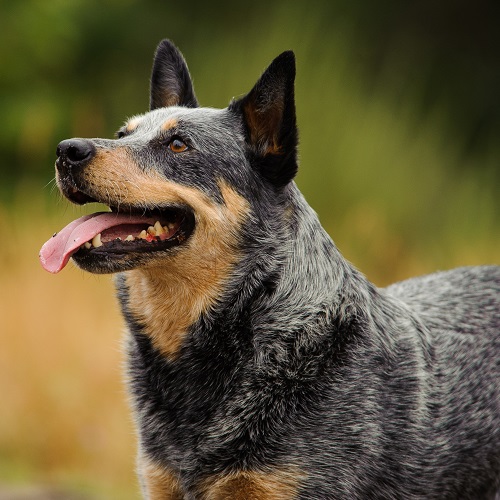
Appearance
The Australian Cattle Dog is a sturdy, muscular, compact and symmetrically built dog with a natural, long undocked tail. They have a broad skull that flattens to a definite stop between the eyes, with muscular cheeks and a medium-length, deep, powerful muzzle. Their ears are pricked, small to medium in size and set wide apart, with a covering of hair on the inside. Their eyes are oval and dark, with an alert, keen expression. The Australian Cattle Dog measures approximately 43-51cm at the shoulder and weighs around 15-22 kgs. Australian Cattle Dog pups are born white, with only black or red head markings and body patches (if any) showing. Their true colour begins to show at about three weeks of age. Accepted colours are blue, blue speckle, blue mottle and red speckle.
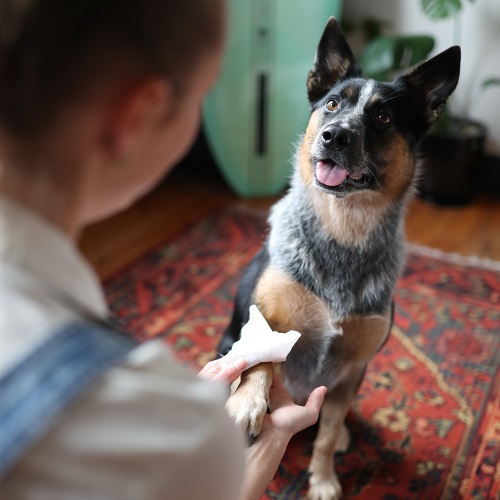
Suitability
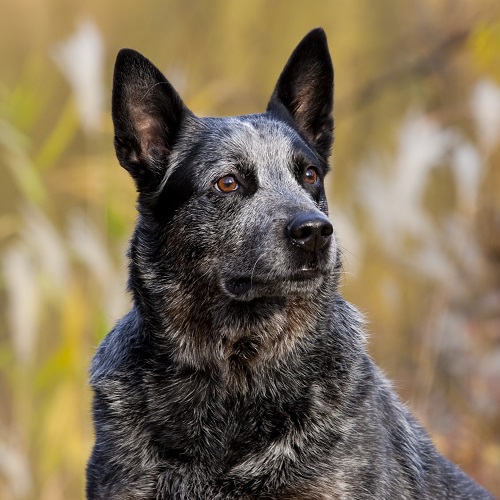
Suitability
So, is an Australian Cattle Dog suited to your family? The cattle industry absorbs only a small proportion of the Cattle Dogs registered each year. Of the remainder, some will be used for breeding or showing. Most, however, will go to a variety of homes far from the rural industry. With their friendly demeanour, they are generally considered to make a solid family pet. However professional training is recommended, so your dog understands boundaries. They may not be an ideal ‘first dog’ unless you can show strong leadership to them and socialise them early with other pets and people. Ask your local Greencross Vets if this breed would suit your family’s lifestyle.
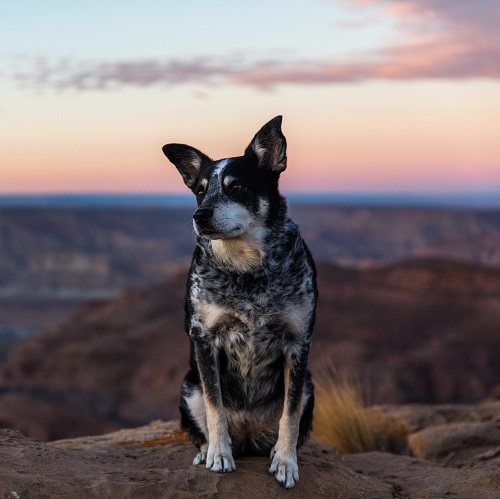
Health & Wellbeing
This is a hardy and robust breed that can live to approximately 13-17 years of age. Hereditary diseases include Progressive Retinal Atrophy (PRA) and Primary Lens Luxation (PLL). There is a DNA test allowing breeders to breed responsibly. Hip and Elbow Dysplasia has also been known to appear within the breed. Many breeders are now scoring their breeding stock. Other common issues include Cataracts, Epilepsy and Umbilical Hernia which is a break in the abdominal muscle wall at the point where the umbilical cord enters the body. Talk to your local Greencross Vets for more health information.
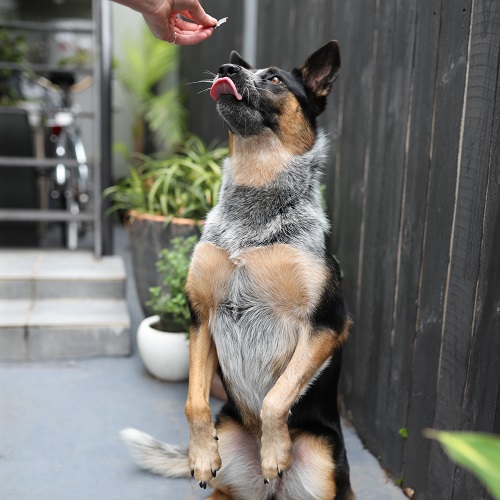
Grooming
This breed has a short, dense, weather-resistant coat that does not require a great deal of grooming – perhaps only a brush once or twice a week, and a bath when required. The coat will shed once or twice a year, but females also shed during their seasonal cycles. They may just require a little more brushing during the shedding period.
At Greencross Vets, nothing is more important than the health and wellbeing of your four-legged friend. If you have any more questions, please reach out to your local Greencross Vets. You can find your local Greencross Vets here. We’re more than happy to help!

 Greencross Vets
Greencross Vets 

